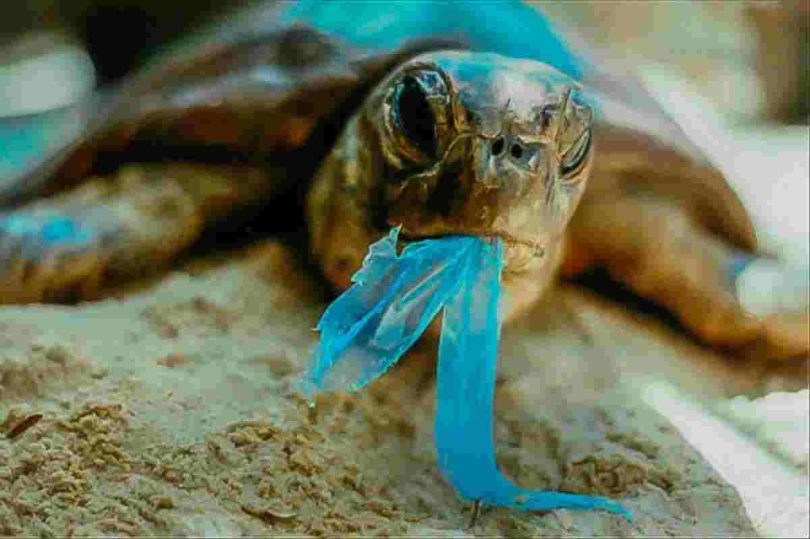Sea Turtles Show Selectivity in Swallowing Plastic Based on Color and Shape
Sea turtles are primarily visual predators and their feeding choices are influenced by color and shape. A study conducted in the eastern Mediterranean revealed that turtles exhibited strong selectivity in their diet when it came to specific types, colors, and shapes of plastic compared to the baseline of plastic debris found on beaches.
The research focused on green turtles and found that they were more likely to ingest plastic that resembled their natural diet of seagrass. The study observed the behavior of turtles and determined that they showed a strong preference for narrow pieces of plastic in natural colors such as green and black, rather than debris of other shapes and colors.
Scientists from the University of Exeter and the Society for the Protection of Turtles (Cyprus) conducted the study by analyzing the digestive tracts of turtles found on beaches in Cyprus.
Plastic was discovered in all turtles that could be examined for their entire gastrointestinal tract, with one turtle found to have consumed 183 pieces of plastic. The study could not determine the role, if any, that plastic played in the turtles’ deaths, as most of them likely died due to entanglement with fishing nets.
Dr. Emily Duncan from the University of Exeter stated, “Previous research has suggested leatherback turtles eat plastic that resembles their jellyfish prey, and we wanted to know whether a similar thing might be happening with green turtles.”
She further explained, “Sea turtles are primarily visual predators – able to choose foods by size and shape – and in this study, we found strong evidence that green turtles favor plastic of certain sizes, shapes, and colors. Compared to a baseline of plastic debris on beaches, the plastic we found in these turtles suggests they favor threads and sheets that are black, clear or green.”
Plastic sources potentially include items like black bin bags, fishing rope fragments, and carrier bags.
The study also found that smaller turtles tended to have more plastic in their digestive tracts, possibly due to their lack of experience (making them more likely to consume the wrong food) or because diet preferences change with age and size.
Out of the 34 turtles analyzed, researchers were able to examine the entire gastrointestinal tract of 19 turtles, all of which contained plastic. The number of plastic pieces found ranged from three to 183.
Professor Brendan Godley, who leads the Exeter Marine research strategy, emphasized the significance of this research, stating, “Research like this helps us understand what sea turtles are eating and whether certain types of plastic are being ingested more than others.”
He added, “It’s important to know which kinds of plastic might pose a particular problem, while also highlighting these issues to motivate efforts in reducing overall plastic consumption and pollution.”
The study was published in the journal Scientific Reports.




Leave a Comment